Managing Access by Generating Improvements in Cannulation (MAGIC)
The MAGIC eLearning course is designed to inform you about vascular access for haemodialysis and best cannulation practice.
Format
Self-Paced Online
Course
Audience
Haemodialysis Nurses
Authors
UK Kidney Association, KQIP, ANN-UK, and VASBI Nurses Group
Duration
3 Hours
About the course
Vascular access provision for haemodialysis continues to be a challenging aspect of this treatment.
One challenge with AV access use is cannulation or 'needling' of the AV access, once in place and mature. Cannulation can be an anxiety-provoking procedure for the patient. If done well, cannulation can preserve AV access function. If performed poorly it is associated with AV access failure and an increased rate of complications.
Complications can include:
The 2017 Kidney PREM identified needling/cannulation of AV access as one of three top issues for kidney patients, with a call to improve cannulation experience. Case studies presented at conferences and research findings highlight that future patient choice of AV access can be influenced by experiences of cannulation.
Whilst all forms of vascular access have associated complications, for most individuals an arteriovenous (AV) fistula or graft is considered the best option, with evidence of superior outcomes.
One challenge with AV access use is cannulation or 'needling' of the AV access, once in place and mature. Cannulation can be an anxiety-provoking procedure for the patient. If done well, cannulation can preserve AV access function. If performed poorly it is associated with AV access failure and an increased rate of complications.
Complications can include:
- Pain
- Haematoma from poor needle placement
- Aneurysm and stenosis development
- Degradation of the tissue integrity above the AVF
The 2017 Kidney PREM identified needling/cannulation of AV access as one of three top issues for kidney patients, with a call to improve cannulation experience. Case studies presented at conferences and research findings highlight that future patient choice of AV access can be influenced by experiences of cannulation.
Improve patient outcomes
Learn the recommended vascular access techniques to improve patient care. Learn how to recognise and respond to complications.
Earn a certificate of learning
After completing the modules and passing a post-test, earn a certificate of learning that indicates you have completed the MAGIC training.
Course Lessons
UKKA, KQIP, ANN-UK, and VASBI nurses group
The content of this course is based on the "BRS & VASBI Needling Recommendations for Arteriovenous Fistulae and Grafts for Haemodialysis." It was developed by the BRS (now UK Kidney Association) Vascular Access and VASBI nurses group, who developed the recommendations.
MAGIC was developed with support from:





